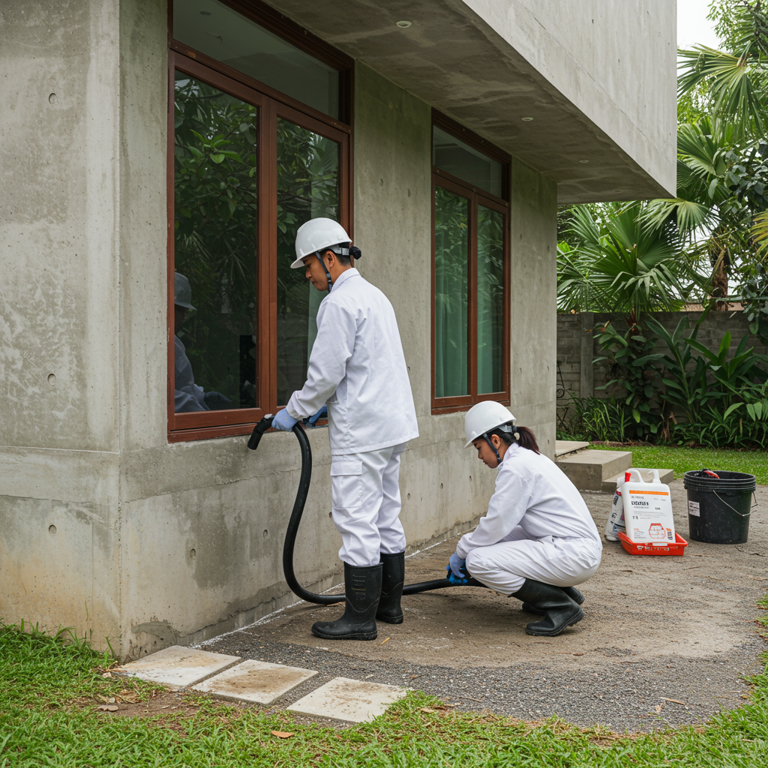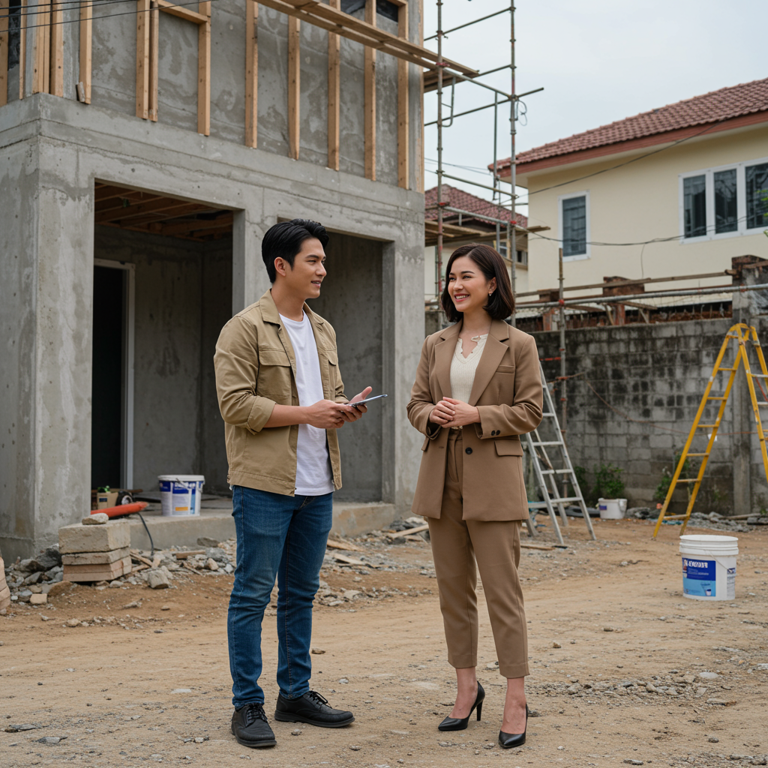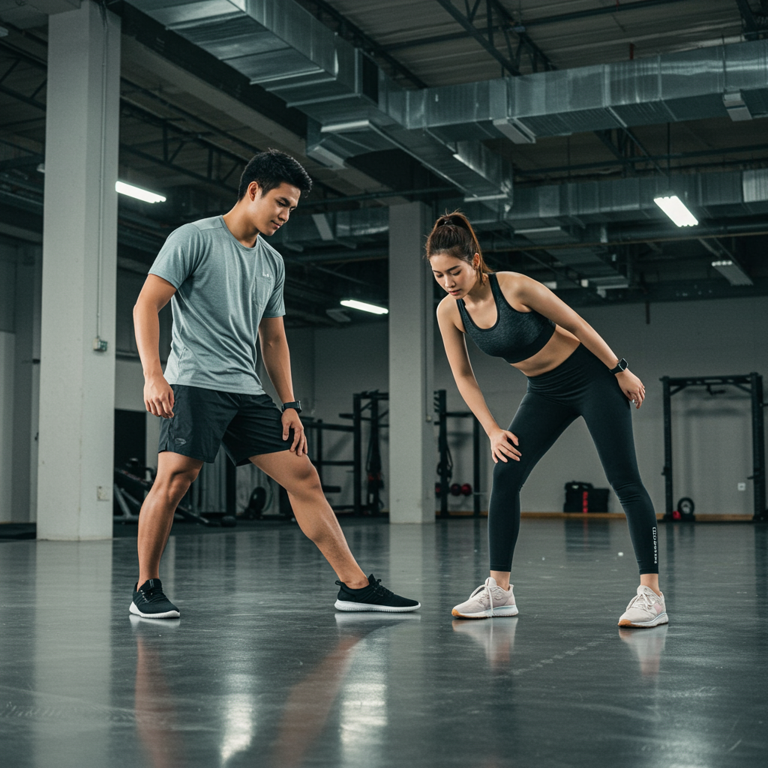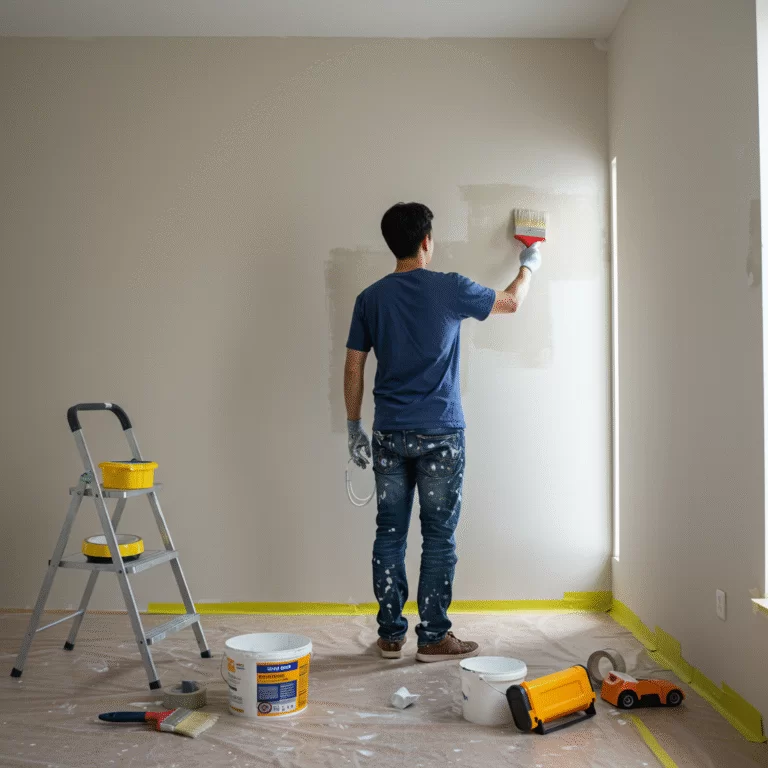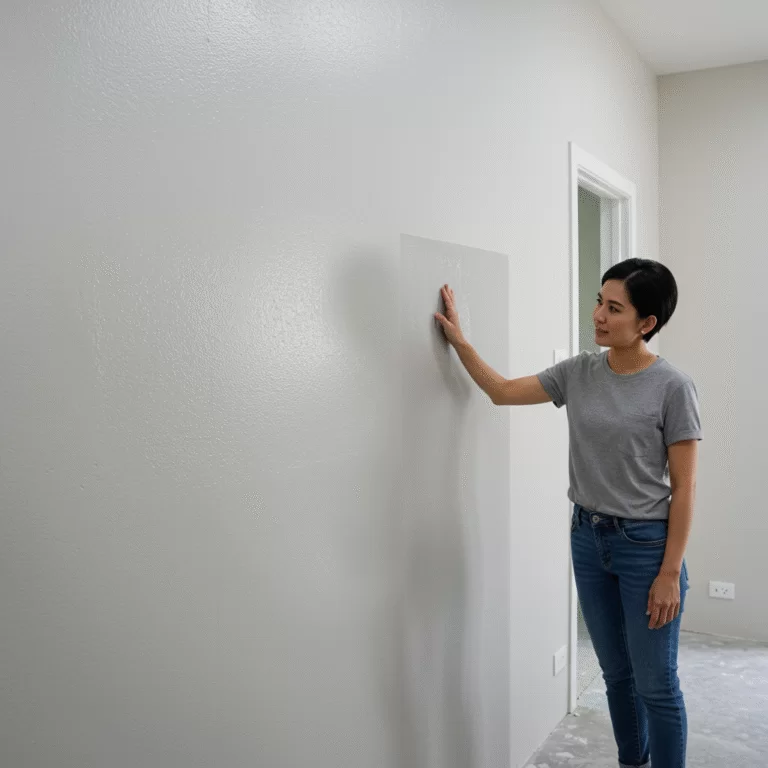Water is an essential element of life, yet it can pose a significant threat to the structural integrity and long-term health of your home or commercial property. Unwanted moisture infiltration leads to costly damage, compromises foundations, and fosters unhealthy environments conducive to mold and mildew growth. This is precisely why professional Waterproofing Installation is not merely an expense, but a crucial, preventative investment in your property’s longevity, safety, and your family’s or occupants’ well-being. Are you ready to explore how this vital service can provide lasting peace of mind and protect your cherished asset from potential water-related issues?
Why is Professional Waterproofing Installation Essential for Your Property?
Waterproofing Installation involves creating an impenetrable barrier that prevents water from seeping into various parts of a structure, especially critical below-grade areas like basements, foundations, and subterranean walls, as well as exposed zones like roofs and balconies. Without proper waterproofing, buildings are vulnerable to a myriad of issues, including significant mold growth, structural deterioration, wood rot, compromised air quality, and even the erosion of load-bearing elements. It’s about more than just keeping water out; it’s about maintaining the health of your building and its inhabitants, ensuring its structural integrity for decades, and preserving its market value against the ravages of moisture. A well-executed waterproofing project safeguards against future headaches and expensive repairs, offering a robust, first-line defense against the unpredictable forces of nature and daily wear and tear.
Key Aspects of Effective Waterproofing Installation
To achieve superior, long-lasting protection against water ingress, several key aspects must be meticulously considered and expertly implemented. These critical areas include understanding various waterproofing types, employing essential installation techniques, and selecting the most appropriate materials for specific applications.
1. Understanding Waterproofing Types
- Positive Side Waterproofing This method involves applying the waterproofing membrane to the exterior surface of the building element, directly facing the water source. It is widely considered the most effective approach because it stops water before it can penetrate and saturate the structural components. This is ideal for new constructions where exterior access is readily available, or for existing structures undergoing extensive renovation. By intercepting water at the outer boundary, it prevents hydrostatic pressure buildup against the structure.
- Negative Side Waterproofing Applied to the interior surface of a wall, this method is often employed for existing structures where exterior excavation or access is not feasible or prohibitively expensive. While it effectively prevents water from entering the living or usable space, it is important to understand that moisture may still accumulate within the wall itself. This type typically involves cementitious coatings that bond with the concrete, creating an internal barrier.
- Blindside Waterproofing Utilized in situations where there is limited or absolutely no access to the exterior wall once construction proceeds, such as in congested urban environments adjacent to property lines, or when building against earth retention systems. The waterproofing membrane is installed before the foundation wall is poured, often against shoring, lagging, or a temporary formwork. This method requires highly specialized materials and installation expertise to ensure continuity and prevent future leaks in inaccessible areas.
2. Essential Installation Techniques
- Thorough Surface Preparation The absolute cornerstone of a successful Waterproofing Installation hinges on meticulous surface preparation. This crucial initial phase includes thoroughly cleaning the surface of any dirt, dust, debris, oils, or loose materials. Furthermore, all cracks, voids, and imperfections must be properly repaired and sealed. A smooth, clean, dry, and structurally sound substrate ensures optimal adhesion and performance of the waterproofing membrane, preventing premature failure and delamination.
- Precise Membrane Application Depending on the chosen waterproofing material, membranes can be applied in various precise ways. Liquid-applied membranes are typically sprayed, rolled, or troweled on, forming a seamless, monolithic barrier that conforms perfectly to irregular shapes. Sheet membranes, on the other hand, are unrolled and carefully adhered to the prepared surface, often requiring precise overlap, mechanical fastening, and heat welding or sealing at all seams and joints to ensure a continuous, watertight envelope.
- Meticulous Detailing and Flashing Corners, pipe penetrations, expansion joints, and transitions between different materials are common weak points where water infiltration often initiates. Proper detailing involves reinforcing these vulnerable areas with specialized patches, sealants, flashing materials, and reinforcement fabrics to ensure continuous and unbroken protection. This meticulous attention to critical details prevents water ingress at precisely the spots where typical waterproofing applications might fail if not expertly handled.
3. Choosing the Right Materials
- Bituminous Membranes These are asphalt-based materials, often modified with polymers (e.g., APP or SBS), renowned for their flexibility, elasticity, and excellent water resistance. They are widely used for flat roofs, below-grade foundations, and bridge decks. Bituminous membranes come in both self-adhesive variants for easier application and torch-applied variants that require heat for bonding, offering robust and durable solutions against water.
- Cementitious Coatings These are polymer-modified cement-based slurries that are applied as a coating to concrete and masonry surfaces. They offer excellent adhesion, breathability, and are suitable for both positive and negative side waterproofing, especially in damp or moist conditions. Their rigid yet slightly flexible nature makes them ideal for basements, wet areas, and water tanks.
- Liquid Applied Membranes Made from advanced materials such as acrylics, polyurethanes, or rubberized asphalt, these coatings form a seamless, highly elastic, and durable layer when cured. They are exceptionally adaptable to complex architectural shapes and are frequently specified for roofs, balconies, podium decks, and wet areas where a monolithic, joint-free system is desired. Their ability to bridge minor cracks is a significant advantage.
- Sheet Membranes These are pre-formed, factory-manufactured sheets made from various polymers like PVC, TPO, EPDM, or HDPE. They are rolled out and typically either mechanically fastened, loose laid with ballast, or fully adhered to the substrate. Sheet membranes offer consistent thickness and performance, making them ideal for large-scale applications such as extensive basements, sub-grade structures, and large roofing projects where uniformity is key.
Practical Usage Examples of Waterproofing Installation
Waterproofing Installation is a versatile solution applied across numerous scenarios to protect different parts of a building, significantly extending its lifespan, enhancing its functionality, and maintaining its inherent value. Understanding these applications helps in appreciating the broad impact of professional waterproofing.
- Basement and Foundation Waterproofing This is perhaps the most critical and common application, essential for preventing water from entering below-grade spaces and compromising the structural foundation. It often involves applying robust membranes to the exterior of foundation walls, often combined with sophisticated drainage systems like perimeter drains, to keep basements and crawl spaces dry, healthy, and usable. For existing homes where exterior excavation is impractical, interior waterproofing solutions such as internal drainage systems and sump pumps are strategically installed to manage water ingress.
- Roof Waterproofing Systems Flat or low-slope roofs are particularly susceptible to water pooling and leakage, making effective waterproofing paramount. Advanced liquid-applied membranes, durable bituminous sheets, or robust EPDM/TPO rubber systems are frequently used to create a watertight and UV-resistant seal. These systems protect the interior of the building from leaks, prevent structural damage caused by constant exposure to rain, snow, and harsh UV rays, and contribute significantly to energy efficiency.
- Wet Area Waterproofing (Bathrooms, Kitchens, Laundries) Areas within a building that are consistently exposed to water, such as bathrooms, kitchens, laundry rooms, and shower enclosures, require specialized internal waterproofing. This typically involves applying cementitious or highly flexible liquid membranes under tiles and fixtures. The goal is to contain water effectively and prevent it from migrating into floor slabs, adjacent walls, or sensitive building materials, thus preventing mold growth and structural decay in these high-moisture zones.
- Terrace, Balcony, and Podium Deck Waterproofing These exposed outdoor areas demand robust and durable waterproofing solutions to withstand direct weather elements, thermal cycling, and significant foot traffic or landscaping loads. Flexible liquid membranes or multi-layer sheet systems are meticulously applied to prevent water ingress into the underlying structure, which is crucial for multi-story buildings to protect lower floors and maintain structural integrity. This also preserves the aesthetics and usability of these valuable outdoor living spaces.
Securing Your Future with Expert Waterproofing
Throughout this comprehensive article, we’ve underscored that professional Waterproofing Installation is far more than just a routine maintenance task; it is a fundamental and proactive investment in your property’s resilience, comfort, and long-term viability. From understanding the diverse types and intricate techniques to selecting the most suitable materials for specific applications, a holistic and expert approach ensures optimal protection against the pervasive threat of water damage. Effective waterproofing safeguards your foundation, prevents costly future repairs, and ultimately contributes to a healthier, safer, and more valuable living or working environment, securing your asset for decades to come. What proactive preventative measures will you consider implementing today to shield your property comprehensively from the pervasive and often insidious threat of moisture infiltration?
Why choose Asia Renovatech Limited?
As a specialized turnkey contractor in building renovation techniques and chemical construction materials, we understand that successful renovation relies on using the right materials and applying them correctly. That’s why we source innovative, high-quality materials and ensure our expert team installs them flawlessly the first time. Our proven track record demonstrates our ability to provide long-lasting, durable, and effective solutions that exceed expectations. We are trusted by building owners, engineers, and architects to deliver exceptional results using the latest technology, ensuring your project is handled with expertise from start to finish.
